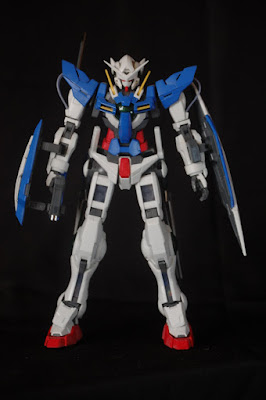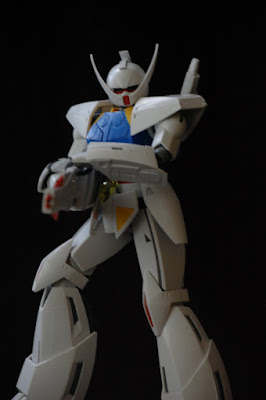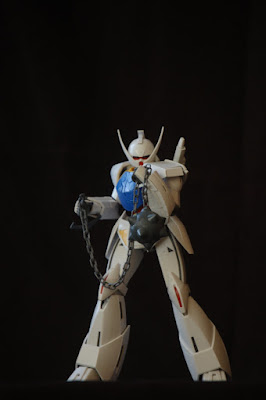Here are a couple of videos I made on how to cut pieces for assembly. But first, there are a few terms that you might need to know.
Runner/Tree - This is the frame where the parts are attached to.
Gate - This is the part that connects the actual parts to the runner.
Nub - This is the plastic on the part left over from removing it from the tree.
So here in this first video, I show how a piece ought to be removed from the runner. One can use either a hobby knife or a side cutter to cut a piece free from the gates.
DO NOT cut beside the part! Cut a bit off the part, leaving a nub of plastic remaining on the part.
After the part is cut, the nubs leftover should be addressed. First, the nub can be trimmed cleaner by either cutting it closer with a side cutter, or by cutting it clean off with a hobby knife.
The knife produces cleaner results, but may be a bit hard to use for beginners. Using a side cutter may still leave some of the nub off, especially in tricky curved or textured parts. If your knife isn't too sharp, you might also still leave part of the nub on.
A thing you need to be wary off is stress marks on the plastic. Sometimes, a side cutter can pull on the plastic, causing a whitening in the area near the cut nub. Marks like these go deep into the plastic, and cannot usually be sanded off. But don't worry, these won't cause your kits to break, and they can simply be covered later by paint.
If you use a knife well enough, you may cut the nub clean off, so you can move on.
But in most cases, you'll still have a little bit of uneven plastic left on the piece. This is when you need to sand it down. Some people use nail files, but I prefer my sand sticks, as I can actually make them in different grits.
Depending on how much plastic is left on, and how tough the plastic is (the grey internal parts are usually tougher, while colored parts are usually easier to sand,) you can use a grit between 180 to 300 to 600. I usually start with either the 300 or 180, then move on to 600 when the nub is almost totally gone. I sometimes already start on 600 when the nub is pretty clean cut.
Do your sanding in multiple light strokes. Too much pressure might cause you to sand beyond the nub and damage the actual part.
Here are pictures of a different nub on the same part - cut, trimmed, and sanded.
Here, you can see the nub protruding from the edge of the piece. This is immediately after cutting it free from the runner.
I used a side cutter to trim the leftover bit closer, but if you look closely, there's still a light part protruding which still needs to be sanded.
Since the part was cut clean enough, I went straight to wet sanding it with a 600 grit stick.
The final product is clean, smooth, and even. Though the difference might not be too obvious, if you look closely, the light area from the last picture has disappeared.
Wet vs. Dry Sanding
Generally, sanding can be done either dry or wet. Dry sanding is when you use sandpaper or a sanding stick dry. Wet sanding is when you dip your sandpaper in water before you sand.
The main advantage of wet sanding is that you don't get dust in the air. The dust created when dry sanding plastic is toxic, and can easily be inhaled. You might not see the dust, but you'll start to feel your throat getting hot and itchy after a bit of dry sanding. When dry sanding, you must be in an open, ventilated area and you should wear a mask to prevent inhalation of plastic.
The main advantage of dry sanding, for me, is better control. The water on the sandpaper gets on the part, obscuring the part you need to sand. Dry sanding also does the job quicker, and dry sand paper lasts longer than when used wet.



















































